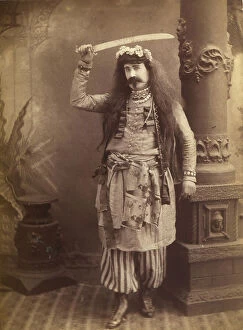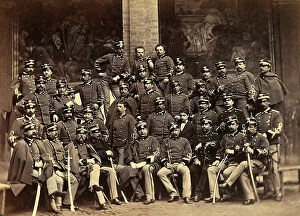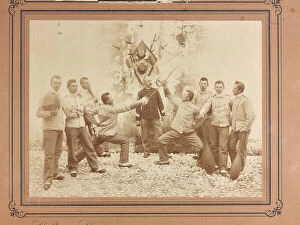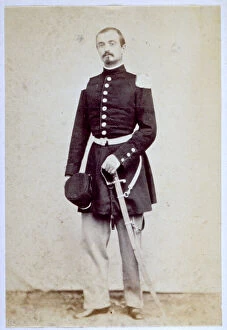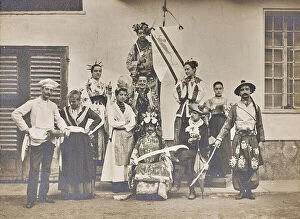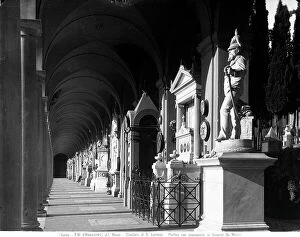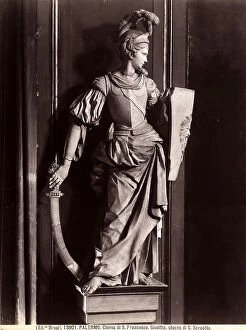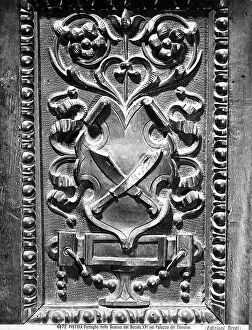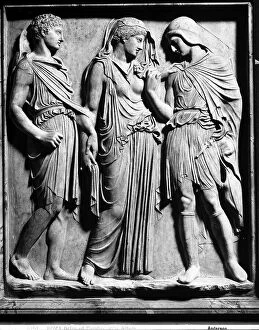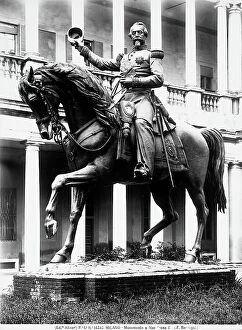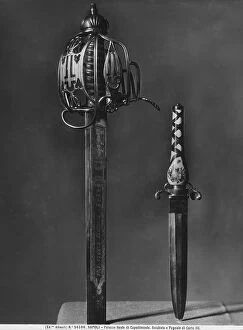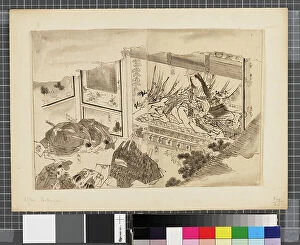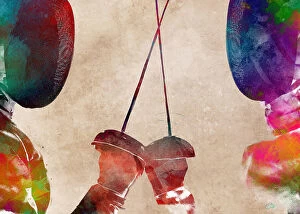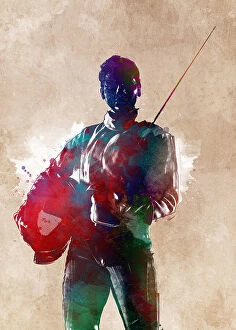Saber Collection (page 4)
"Saber: A Weapon of History, Honor, and Heroism" Throughout history, the saber has been a symbol of power, bravery, and skill
All Professionally Made to Order for Quick Shipping
"Saber: A Weapon of History, Honor, and Heroism" Throughout history, the saber has been a symbol of power, bravery, and skill. From the Barbary Pirates threatening US commander Stephen Decatur to the valiant Charge of the Light Brigade, this weapon has left an indelible mark on countless battles. In a German lithograph from 1830, we see a Prussian soldier proudly donning his saber as captain of the Hussar Regiment of the Prussian Guards. This image captures both elegance and strength in one frame. A Japanese painting from the 16-17th century depicts a samurai meticulously cleaning his sword. The artistry involved in maintaining such a weapon reflects not only discipline but also respect for its lethal capabilities. During the Korean War era, North American F-86 Sabre combat aircraft soared through Lebanese skies. These sleek machines embodied modern warfare while paying homage to their historical namesake. The Civil War cavalry skirmish showcases how sabers were wielded by brave soldiers on horseback during intense clashes. Their swift movements and precise strikes demonstrated their mastery over this formidable weapon. Even in silent films like "Pirates Beware" from 1928 starring Lupino Lane, sabers took center stage as swashbuckling pirates engaged in thrilling duels that kept audiences at the edge of their seats. From Dacian cavalry with sabers and shields to Numidian warriors who relied on these blades for protection, various cultures embraced this versatile weapon throughout time. Nathan Bedford Forrest was an American army officer known for leading Confederate cavalry forces during raids in c1864. His strategic use of sabers showcased their effectiveness as weapons on horseback during times of conflict. Beyond military applications, fencing emerged as a sport where athletes displayed incredible agility and precision with sabers. In Sport Art pieces depicting fencers engaging in fierce competition or graceful parries - it is evident that even today, the saber continues to captivate and inspire.


